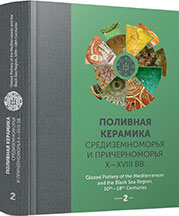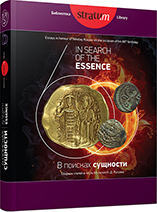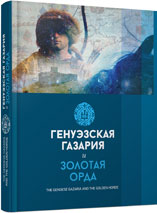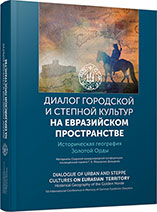
Byzantine Glazed Pottery Finds from Aigai (Aiolis) Excavations
Glazed pottery finds from Aigai (Aiolis) excavations during 2004—2014 seasons are important finds from Byzantine settlements of Aigai ancient city. While doing studies to uncover Bouleuterion, Agora region and the road system of the ancient city, cisterns (nos. I—II) located in the acropolis of the city and near the agora, the church and the cistern in the northwest of the church have been discovered. Most of them are fragmentary. They are not contextual finds. Still, they are worthwhile in that they present a relative chronology. Late Roman/Early Byzantine period is represented with few finds for now. This period is followed by Middle Byzantine period which have again few finds. Probably these red fabric groups might have come from distant regions. Some of the finds known as Middle Byzantine groups are distinguished because of their similarity to Khalkis production in terms of their form and ornament. We need further information to evaluate white fabric finds. Other distinctive groups in terms of their quality and quantity are from Late Byzantine period of Western Anatolia. These are very similar to the finds from Pergamon, Sardis, Nif (Olympus-Başpınar Church) and The Agora of Smyrna located nearby Aigai. Aigai was on the list of bishopric till the early 13th century. Finds uncovered in Aigai are the first archeological data regarding Aigai ancient city during Byzantine period. Glazed ceramics must be dated to the mid-12th century — early 14th century.
More...


